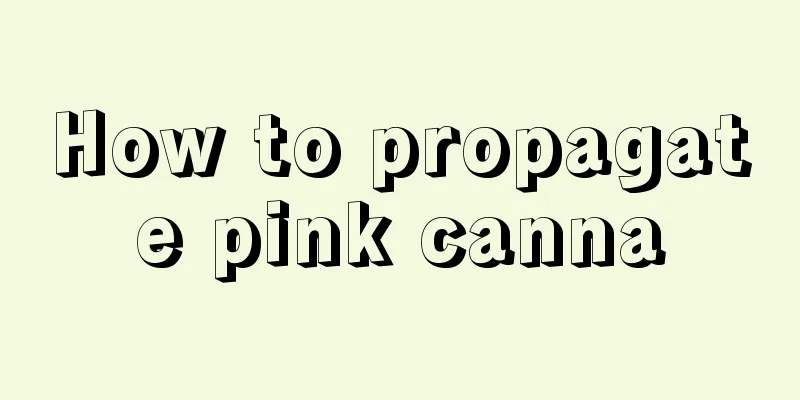Cultivation methods and precautions of Belgian azalea

|
Belgian azalea, also known as the four-season azalea, can bloom all year round, even in the cold winter, as long as the temperature and humidity are suitable, it can still bloom, so it is very easy to cultivate. How to grow Belgian azalea1. Soil Belgian azalea prefers loose, fertile, acidic soil, so it is not recommended to use clay or alkaline soil. Potted plants can be cultivated with special soil or general soil. If planted in the northern region, it is best to add an appropriate amount of ferrous sulfate to the water before each watering to neutralize the water quality. 2. Sunlight Belgian azalea is not resistant to strong light exposure. It is best to keep it in a semi-shaded environment with scattered light on a daily basis. Otherwise, if the light is too strong, it will easily wither. The suitable growth temperature for Belgian azalea is between 12-25℃, and it needs to be ventilated and cooled in summer. 3. Watering Belgian azalea likes moisture. During the growing period, the soil needs to be kept slightly moist. Water should be sprayed around it frequently to maintain the humidity of the environment. However, water accumulation in the soil should not be allowed, and water should also be properly controlled during the flowering period. 4. Fertilization If you want the Belgian azalea to bloom more flowers, you need to apply thin fertilizers frequently during the growing season. It is best to apply thin, decomposed fertilizer water once every half a month to promote its vigorous growth. You can also apply some phosphorus and potassium fertilizers before flowering. 5. Pruning The flowers of Belgian azalea are not easy to fall off after they bloom. The water content of the entire petals is relatively high. If they are not removed in time, it will easily cause the plant to become diseased and affect the overall ornamental effect. Therefore, we must remove the remaining flowers during maintenance, which can reduce nutrient consumption and promote the growth of new buds. Belgian azalea maintenance precautionsThe potting soil of Belgian azalea needs to be changed once a year after cultivation. The best time to change the pot is after the flowering period in spring. You can change it to a large, low pot to provide space for the growth of the roots. It is recommended to use a ceramic pot with very good drainage and air permeability for planting. After repotting, water the Belgian azalea thoroughly, then place it by the north window to slow down the growth, and spray the plant with water twice a day in the morning and evening. It is recommended to put a transparent plastic bag in it one week after repotting. Poke a few small holes in the plastic bag for ventilation. This will increase the air humidity and prevent dehydration, withered leaves and yellowing leaves. |
<<: Advantages and disadvantages of Ocean Song Rose
>>: What soil is suitable for growing grapes?
Recommend
How to prune bamboo begonia
1. It is more suitable to cut in spring or autumn...
How to plant grapefruit seedlings
1. Planting time The time for planting pomelo see...
Ten taboos for growing strawberries
Strawberry is a perennial herb and one of the mos...
How to plant lotus? Planting time and method
Planting time of lotus The lotus has strong adapt...
How to trim the emerald green orchid to look good
When is the right time to prune the emerald green...
How to divide hyacinth bulbs
Bulb propagation The method of dividing the bulbs...
Looking back at April, the flowers are blooming on every tree!
The small garden in the dim light of morning is a...
How many days does it take for peanuts to germinate?
Peanut is an annual herb that forms runners as it...
How to sow morning glory
Prepare the Materials The first choice is to have...
How to change the soil of Kalanchoe and what kind of soil is good
During the growth period of Kalanchoe, if the see...
What kind of crop is millet
What kind of crop is millet Millet is one of the ...
How to care for small roses in winter
Is the small rose afraid of freezing? The suitabl...
Video: Don’t throw away the fruit cores after eating them, these 3 kinds of fruits can be grown into large potted plants!
Bonsai Making Video Apple potted plant making Tak...
When is the best time to transplant hydrangeas?
When transplanting hydrangeas, it is best to prep...
How to maintain the succulent plant
The succulent Aizoaceae is a succulent plant belo...









